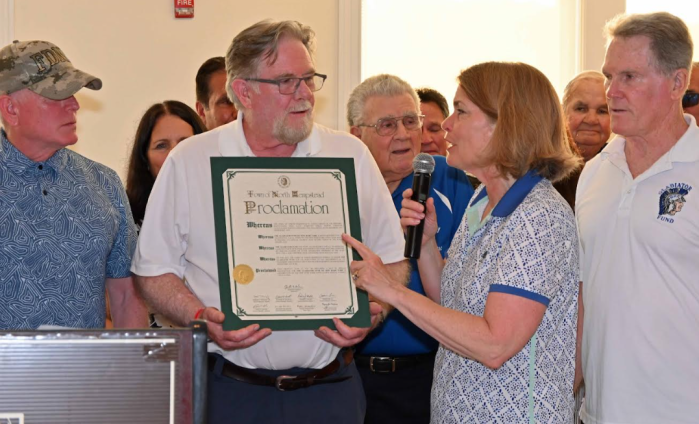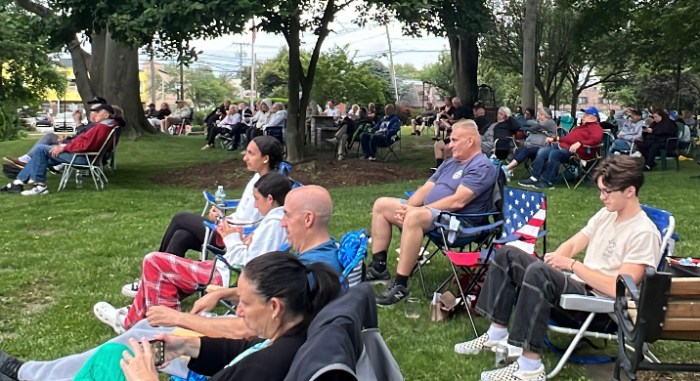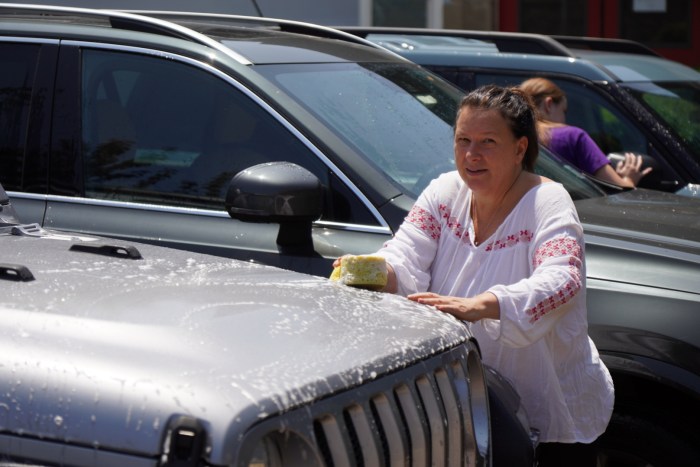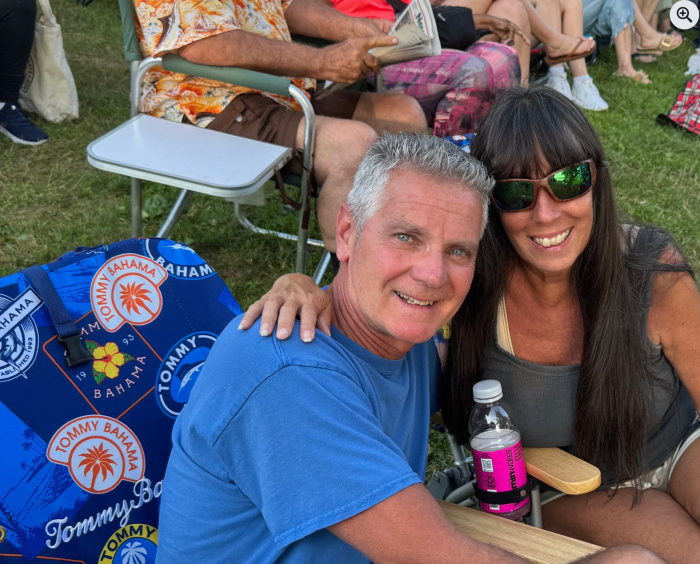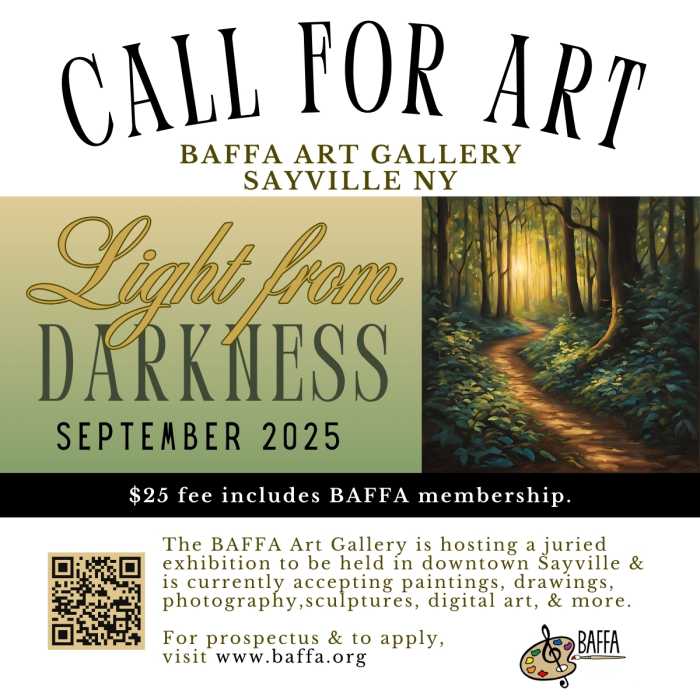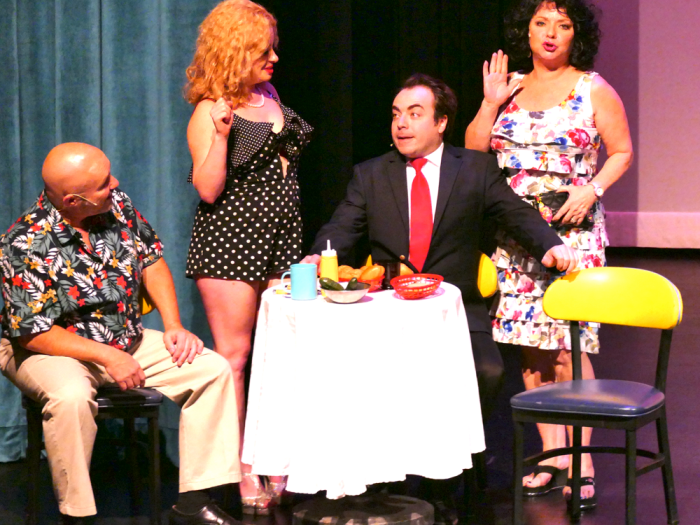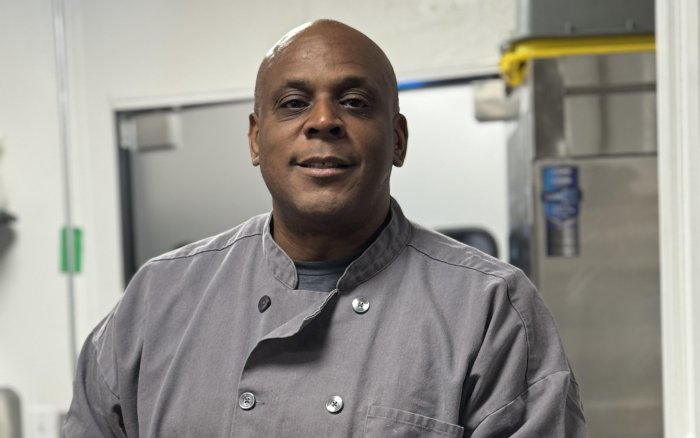
Those of us gathered around the tables in the all-purpose room looked like we were attending a school board meeting. Or planning a church fund-raiser. Or learning how to grieve our property taxes. Aside from most of us being in our 50s or 60s, the 100 people assembled were a typical slice of Nassau’s moms and dads.
We were, however, on the second floor of the Elmont firehouse learning how to handle a drug overdose.
As I have pointed out repeatedly in this space, Long Island is awash in a tidal wave of opiate addiction and death. Easy access to powerful prescription drugs, such as Oxycontin, has led many area residents — especially young people — into experimenting with these painkillers. The addictive qualities of these opioids are so easily underestimated that experimentation can quickly lead to addiction. And since Rx pills are expensive, addicts often turn to a cheaper alternative, heroin. And we all know where that ends.
Recognizing this, and seeing that in recent years opiate overdoses have killed hundreds (that’s right, hundreds!) of Long Islanders, Nassau County has made Narcan training available to anyone who asks.
The trade name for the opiate-reversal agent naloxene, Narcan is truly a miracle drug. Injected, or even easier, sprayed into the nostrils of someone in the throes of an overdose, Narcan quickly neutralizes the opiate and saves the person’s life. It has been proven thousands of times.
The county-sponsored program at the Elmont firehouse was one of many such two-hour classes held all over Nassau.
The session began with parents, recovering addicts and long-time drug counselors sharing their experiences. Representatives from the county tackled legal issues that addicts often face. And I learned that the county’s “Treatment Court” can be the best thing that ever happened to some addicts. “Arrest can be the way to a brand-new life,” said one speaker.
Many of the people around the tables knew these issues all too well. A couple seated near me told how their son had been carried out of their home two times from overdoses. They wanted to make sure they were ready for a third.
How do you know someone has overdosed?
First, understand that unlike in the movies, overdoses don’t have immediate fatal effects. The opiates do their damage over a period of one to three hours.
So there is time to help.
It often starts with uncontrollable nodding, snoring, loud breathing and excessive drooling. At this point, the person is wake-able.
Shallow breathing, gurgling, clammy skin, pinpoint pupils, blue fingertips and nails are near-dead giveaways of someone deep into the overdose process. Especially if you can’t wake the person.
“If you can’t rouse them, give them Narcan and call 911,” was the in-a-nutshell advice. “Always call 911.”
Some would-be Good Samaritans hesitate to make that call, fearing that they will be charged with drug possession. Not so, says NYS Penal Law 220.78. Those who call for medical help in an emergency are spared misdemeanor drug charges.
The person administering Narcan also is protected by law. In this case, against lawsuits from the overdoser.
So what do you do when you come upon an overdose?
1. Try to rouse the person. The preferred method is an “Indian Rub” (grasp the victim’s forearm firmly in both hands, and then twist your hands in opposite directions, causing the skin to stretch, making it red and sore).
2. Call 911.
3. Person’s not breathing? Perform rescue breathing — lift the neck from below; look for obstructions in the mouth; hold the nose; blow into the mouth with two quick breaths, then count to five and do it again. The kit the county supplies even has a face shield to cut the yuck factor of doing a good deed.
4. Assemble the Narcan kit. Directions are on the box.
5. Give a squirt up each nostril.
6. Step back!
Believe it or not, the person could wake up and be angry with you. Narcan causes drug withdrawal.
And withdrawal is painful. Someone who moments ago was near death, now is an angry addict looking for drugs.
For many, however, Narcan simply returns them to consciousness. In that case, turn the person on his or her side with the knees up. This is called “the recovery position.”
If consciousness doesn’t return, the EMT will likely administer another dose of Narcan.
At the end of the training session, each of us received a small blue nylon bag with a dose of Narcan, as well as paperwork proving we took this lifesaving training. All courtesy of the county.
The next training sessions are scheduled for Oct. 2 at Massapequa High School and Oct. 9 at Garden City High School. To attend, contact Eden Laikin at elaikin@nassaucountyny.gov or call 516-571-6105.
John Owens is editor in chief of Anton Community Newspapers. Email: jowens@antonnews.com





